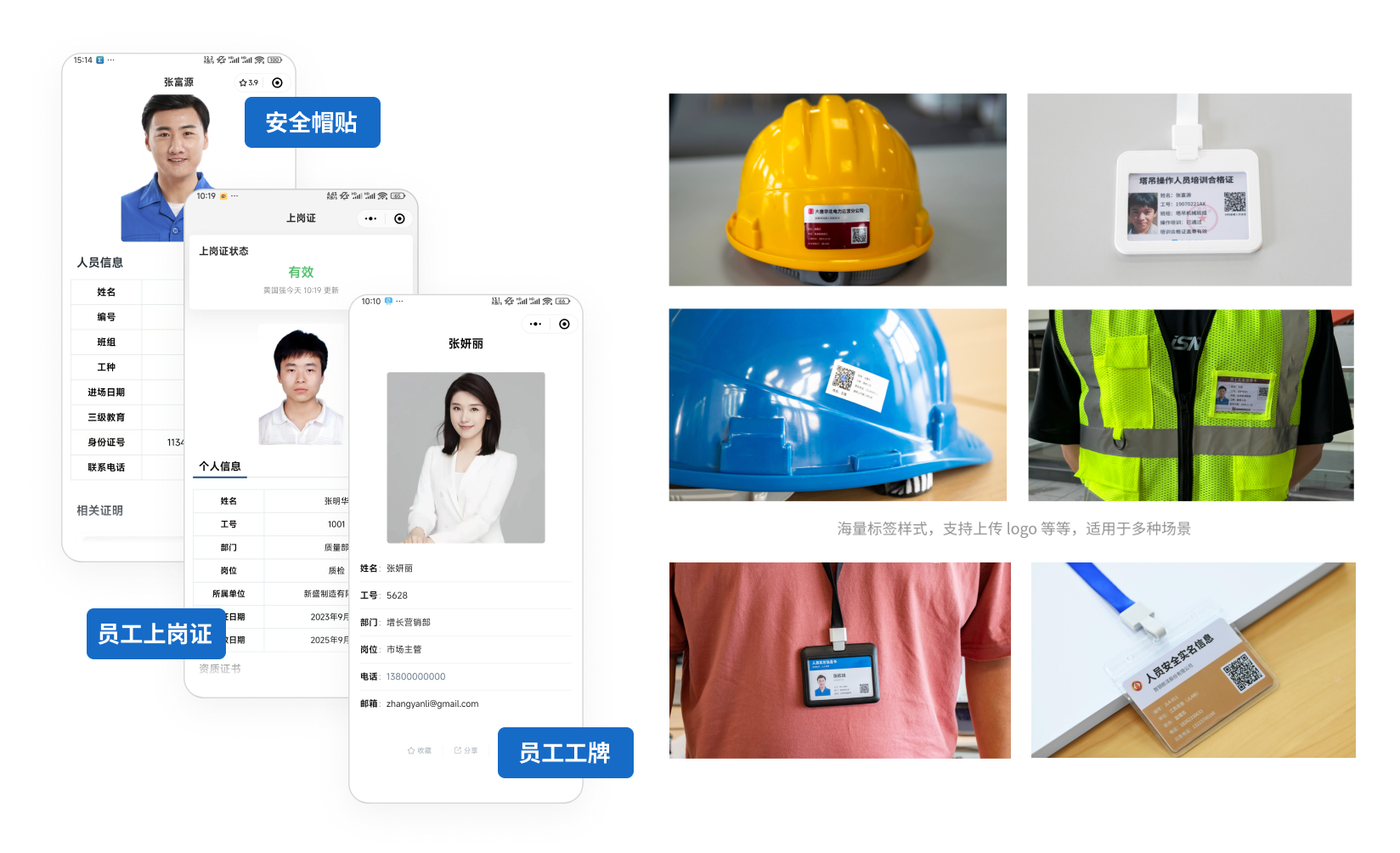How to Choose the Right One-Person-One-Code Personnel Management System: A Guide for Enterprises
Original article: https://cli.im/article/detail/2327
As enterprises accelerate digital transformation, personnel management systems have evolved from "optional tools" to "essential software" for enhancing HR efficiency and optimizing workflows. The "one-person-one-code" digital management approach, where each employee is assigned a unique QR code, enables rapid information entry, real-time updates, and efficient management. This digital solution simplifies daily tasks like employee record-keeping and attendance tracking while extending to complex scenarios like recruitment, training, and performance evaluation.
With numerous solutions available, how should enterprises select the right one-person-one-code management system? What key factors should be considered? Which mainstream products perform better? This guide provides practical selection insights to help enterprises make informed decisions.

1. Why Implement a "One-Person-One-Code" System?
Traditional paper-based records and Excel-based attendance tracking become increasingly error-prone and inefficient as organizations grow. Personnel management systems address these challenges through digital solutions that support:
- Core HR functions: Employee profile management, attendance records, and payroll processing
- Advanced operations: Recruitment workflows, training programs, and performance evaluations
- Real-time data access: Instant verification and updates via unique employee QR codes
This approach ensures data accuracy and accessibility across organizations of all sizes, from startups to multinational corporations.
2. Key Selection Criteria
2.1 Organizational Scale and Fit
- Small enterprises (under 50 employees): Prioritize cost-effectiveness and ease of use
- Medium enterprises (50-500 employees): Require balanced functionality and scalability
- Large enterprises (500+ employees): Demand enterprise-grade security, stability, and customization
2.2 Feature Alignment
Identify core requirements:
- Basic needs: Employee profiles, attendance tracking
- Advanced needs: Recruitment management, performance analytics
- Industry-specific requirements: Real-name verification for construction workers, service industry performance metrics
2.3 Deployment Models
- SaaS Cloud: Quick deployment, subscription pricing (e.g., CaoLiao QR Code)
- On-Premise: Higher initial investment but enhanced data control (e.g., Kingdee KIS)
2.4 Cost-Benefit Analysis
Evaluate total cost of ownership (TCO) including:
- Software licensing
- Implementation services
- Ongoing maintenance
- Future scalability
3. Market Solutions Comparison
3.1 DingTalk Smart HR
- Features: Basic HR functions with QR code verification
- Pricing: ¥10,000-20,000/year for 50 users
- Pros: Low-cost, mobile-friendly
- Cons: Limited customization
- Best for: Existing DingTalk users
3.2 CaoLiao QR Code System
- Features: Batch QR code generation, dynamic data management
- Pricing: Free basic version; Premium at ¥1,280/year
- Pros: No-code platform, flexible templates
- Best for: SME workforce management and digital ID cards
3.3 Kingdee KIS HR (On-Premise)
- Features: Full HR suite with customization
- Pricing: ¥100,000-200,000 initial + ¥20,000-30,000/year maintenance
- Pros: Enterprise-grade security
- Cons: Long implementation cycle
- Best for: Large manufacturers
3.4 Odoo HR (Open Source)
- Features: Modular HR system with QR capabilities
- Pricing: Free software + ¥50,000-100,000 deployment
- Pros: High customization
- Cons: Technical expertise required
- Best for: Tech-savvy mid-sized firms
4. QR Code Advantages in Personnel Management
CaoLiao QR Code demonstrates four key strengths:
4.1 Cost Efficiency
- Free basic version with unlimited QR code generation
- No IT infrastructure investment required
4.2 User-Friendly Operation
- Batch generation from Excel templates
- Mobile management via WeChat scanning
4.3 Rapid Deployment
- Built-in label design tools
- Office printer compatibility
4.4 Flexible Customization
- Dynamic content updates
- Customizable templates for performance tracking
5. Implementation Recommendations
5.1 Selection Process
- Requirement Analysis: Prioritize current needs and future goals
- Product Trials: Test 2-3 shortlisted solutions
- Cost Evaluation: Calculate 5-year TCO
- Vendor Assessment: Verify service capabilities and client references
- Phased Rollout: Start with core features, then expand
5.2 Solution Pairing
- SMEs: CaoLiao standalone solution
- Mid-sized enterprises: DingTalk + CaoLiao integration
- Large corporations: Kingdee/Odoo + CaoLiao enhancement
By aligning system capabilities with organizational needs, enterprises can achieve streamlined operations, improved data accuracy, and sustainable digital transformation.